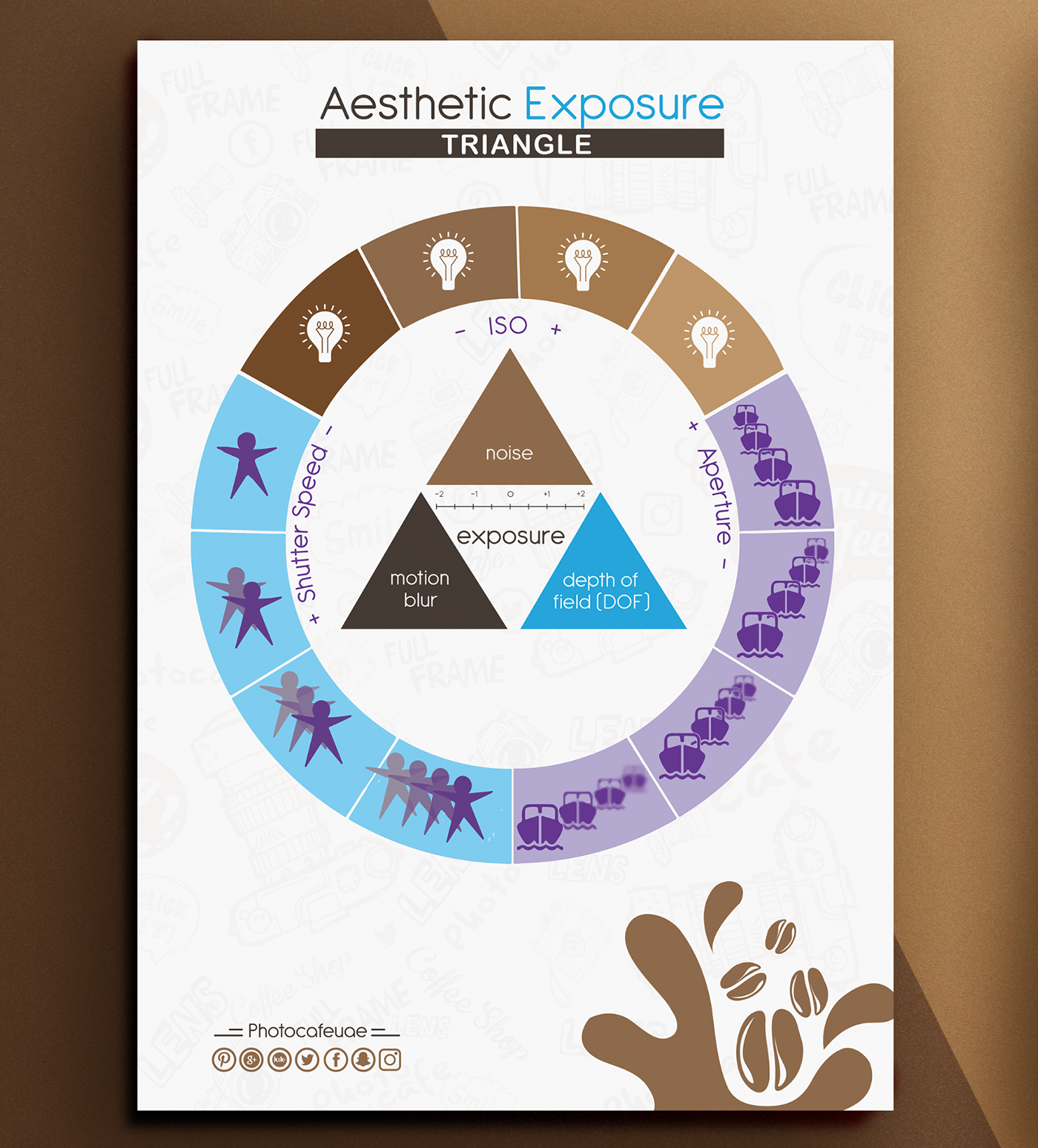Recognizing Structure: The Essential Every Professional Photographer Ought To Know
Recognizing Structure: The Essential Every Professional Photographer Ought To Know
Blog Article
Article Developed By-Barron Boyer
When you get your electronic camera, recognizing the basics of structure can dramatically raise your digital photography. Strategies like the Regulation of Thirds, Leading Lines, and efficient mounting aren't just standards; they're crucial tools that can change your pictures from mundane to exciting. By mastering these concepts, you'll find yourself recording not just pictures, however stories that reverberate. However what occurs when you start bending these rules? Exploring that can lead to unanticipated and effective lead to your job.
The Policy of Thirds
Among one of the most important concepts in photography is the Regulation of Thirds. This technique aids you produce well balanced and engaging make-ups, attracting the audience's eye to the most vital components in your image.
Envision splitting your frame into a grid of nine equal get rid of two straight and two upright lines. By placing your topic along these lines or at their junctions, you normally improve your picture's aesthetic charm.
As opposed to centering your topic, try positioning it off away. This method introduces area and context, enabling audiences to check out the surrounding location.
For landscapes, place the horizon along the leading or bottom third line, highlighting either the sky or the land.
When you're catching pictures, line up the topic's eyes along the leading third line for a much more vibrant look.
Try out the Regulation of Thirds will lead to more compelling and professional-looking pictures.
Leading Lines
Use the power of leading lines to direct your visitor's eye through the structure and produce a feeling of deepness in your photography.
Leading lines are all-natural or manufactured components that draw attention and lead the customer's gaze toward the primary topic. They can be anything from roads, rivers, fences, or even darkness.
When you integrate leading lines, think about how they can boost your composition. Start by identifying strong lines in your scene.
Position on your own to use these lines effectively, guaranteeing they bring about your centerpiece. As an example, a pathway leading into a landscape can stimulate a feeling of journey and welcome the customer to check out the scene.
Experiment with different angles and point of views. Occasionally, shooting from a lower angle can create even more dynamic leading lines, while a greater point of view can supply a more comprehensive context.
Framework and Equilibrium
Framing and balance play important duties in producing visually engaging photographs. When you mount your topic, you're essentially creating a border that attracts the viewer's eye straight to the focal point. You can make use of natural elements like branches, doorways, or home windows to attain this effect.
Do not ignore the power of framing; it includes deepness and context, making your photo a lot more appealing.
Balance, on the other hand, makes sure that your composition really feels steady and harmonious. You can attain equilibrium through balance or by dispersing aesthetic weight evenly throughout the framework. If you place a big subject on one side, consider including smaller sized elements on the opposite side to counterbalance it.
This strategy avoids your image from feeling unbalanced and develops a feeling of completeness.
Trying out both mounting and equilibrium in your digital photography. Take numerous shots from different angles, adjusting just how you mount your subject and how you distribute components within the scene.
As you method, you'll create an instinctive understanding of just how to develop make-ups that reverberate with audiences and stimulate emotion. Remember, understanding these components can change a normal picture right into a striking masterpiece.
Conclusion
By understanding structure methods like the Policy of Thirds, Leading Lines, and Framework, you can elevate your photography to new heights. These principles aid you create balanced, appealing photos that draw viewers in and inform compelling stories. Bear in mind to experiment and count on your reactions as you exercise these basics. With just click the following post and devotion, you'll transform normal shots into imaginative expressions that really resonate with your audience. Maintain shooting, and let your creative thinking sparkle!
